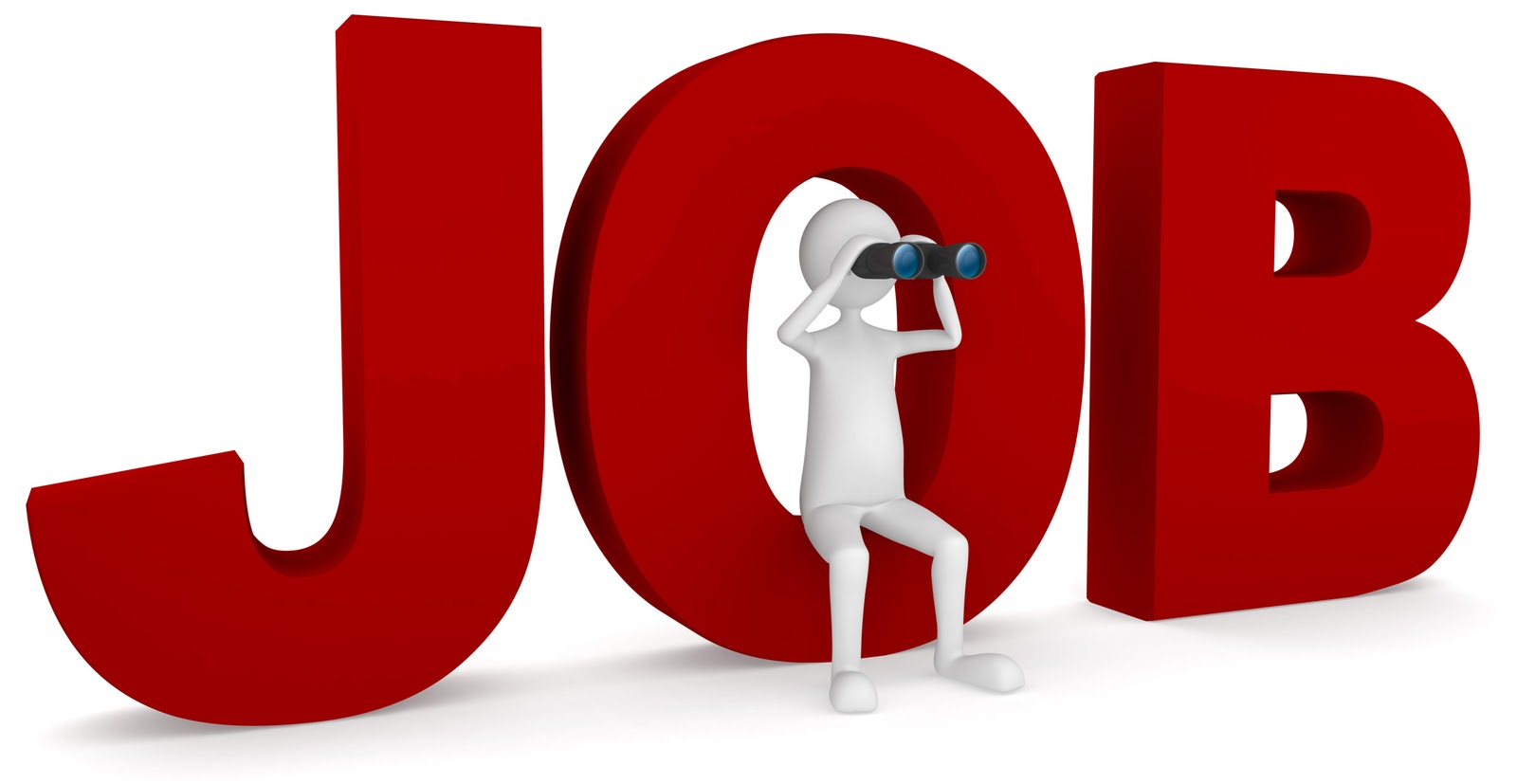It appears from various studies of job design models that there is no one fully-proven model of job design.
It appears that many job design models may be successful on a contingency basis, combining the tenets of many job models.
ADVERTISEMENTS:
The application of a job design has been successful in some cases, whereas they are a total failure in other cases.
Cultural, social and technological factors are important in the job design process, such as job relation, enlargement, enrichment and other characteristics.
Situational factors are similarly important to influence job design. Therefore, an integrative model of job design has been developed combining all the factors, i.e. core design factors, environment factors, internal organization factors and individual factors.
1. Core design factors:
ADVERTISEMENTS:
Core design factors are job content, functions relationship, task accomplishment, employee responses and their interaction.
Job content includes task identity, variety, autonomy, significance and feedback. The feedback has complex routines, difficult and simple ways of understanding the job.
Job functions involve responsibility, authority, information flow, work methods, cooperation and coordination.
Job relationship includes interpersonal components, interaction, opportunities and team work. Task accomplishment is based on productivity, effectiveness and efficiency.
ADVERTISEMENTS:
Employee responses include satisfaction, absenteeism and turnover. The job design factors and outcome factors are considered essential for the integrative job design model.
2. Environment factors:
Environment factors are essentially considered for designing jobs, because they are dominant factors to assign importance to job content, function and relationship.
The environmental factors are social, economic, political and geographical. Socio-cultural factors provide internal satisfaction to the employees.
The job content, functions and relationship provide satisfaction only in the context of the socio-cultural environment. Economic conditions of the country also influence the job design, satisfaction and performance.
The monetary policy, fiscal policy and industrial policy have a greater impact on job designs and outcomes.
Similarly, political situations influence people, industry and employees, which are important components of job design decisions.
Capitalism is favourable for technological upliftment and designing jobs accordingly. Socialism has much more consideration for employment than technological development. Science and technology help to develop a particular type of job.
3. Organizational factors:
Job design is greatly influenced by organizational factors. Managerial competence, scales of economy, scientific attitude and attitudes of managers are the deciding factors of jobs.
All of them are considered for the purpose of designing jobs. Employees’ satisfaction, unionism, bureaucratic and autocratic functioning, etc. are the important factors to consider under effectiveness of job designs. All these .factors are described later in detail.
4. Individual characteristics:
Individual differences should be considered for designing jobs and assigning them to employees.
The need, hierarchy, value-orientation perceptions and personality are decided for job designs. If these factors are ignored, job designs would not be successful.
The integrated model is a contingency model to design jobs as per need situations arising during organizational restructuring.
Situational variables are deeply considered for effective designing of jobs. Factors influencing the job design must be weighted and reviewed before considering them for designing jobs.

